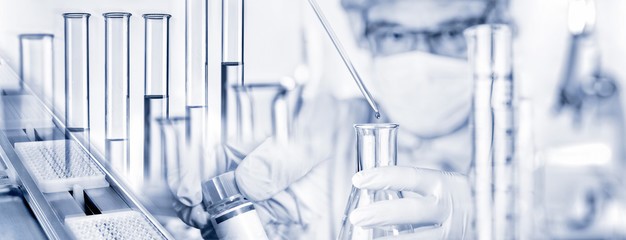Concerns When Transporting Medical Samples and Specimens
Specimens are medical samples of tissues or fluids taken from a person or animal for study. They are very important for diagnosing disease, developing new vaccines and therapeutics, etc. Whenever possible, physicians prefer to test specimens at the point where they are collected. However, sometimes it is necessary to transport them to an outside facility with more equipment for evaluation and assessment.
When this happens, it becomes necessary to transport the samples from the collection site to the testing facility. Proper care and handling of the specimens is important for two different reasons. First, the samples are very delicate, and if something happens to them during transit, they may no longer be usable. This represents a significant waste of time and money, as well as possible adverse effects. The other reason why proper handling of specimens is so important is that, if improperly handled, they could potentially pose a health risk to those responsible for transportation or to the general public.
Time Frame
Ordinarily, YTD meaning is important for shippers and transport companies. However, medical samples and specimens are usually time sensitive, so the abbreviation “ASAP,” or “as soon as possible” takes on even more significance.
Packaging
When the transport of medical samples takes place via those with seasonal truck driving jobs or other commercial carriers, the Department of Transportation imposes regulations on the packaging required. The containers used to hold the specimens are often made of a breakable material, such as glass. To prevent these containers from breaking, each should be wrapped individually. Each container should be watertight to prevent leaks. This may involve sealing the screw-top of the container with something like adhesive tape or parafilm.
The secondary packaging contains the primary package. It requires materials with UN specification. Even with the safeguards taken against leaks in the primary package, the secondary packaging still needs to be able to absorb the entire contents of all the containers therein. It is therefore necessary to include the required quantity of absorbent material as part of the secondary packaging.
Dry ice, cold packs, or wet ice are sometimes required to keep the specimens at the correct temperature. If these are necessary, they should be contained within the outer packaging outside of the secondary packaging. If wet ice is used, the outer packaging must be leak-proof, while if dry ice is used, there must be a way to release carbon dioxide gas. Otherwise, it could cause a rupture by building up pressure inside the outer packaging.
Labeling
Medical samples are organized into two categories. Category A consists of an infectious substance that could cause life-threatening disease or permanent disability in the event of exposure. Category B also consists of infectious substances, but exposure is unlikely to have such dire consequences. The labeling requirements vary depending on whether the substance belongs to Category A or Category B. The latter are labeled as “Biological Substances,” while the former typically must be shipped as “Infectious Substances,” although exceptions may apply.
While important, indicating the dangerousness of the contents of the package is not the only labeling requirement. It is also necessary to provide emergency contact information for the person responsible for the package should any accidental spills occur. This person should be familiar with the shipment and available to answer the phone during business hours.
Shipper’s Declaration
The Shipper’s Declaration for Dangerous Goods is required for all shipments of Category A specimens. Category B samples do not require a shipper’s declaration. The shipper’s declaration is a legal document that the person responsible for shipment must complete in duplicate or triplicate. It describes the nature and quantity of the dangerous goods, the details of the transport, and an emergency contact telephone number.
Transport of medical samples and specimens takes place safely every day. However, it requires constant care and vigilance, as well as dedication to strict compliance with the applicable federal regulations as it relates to packaging, labeling, etc.





















